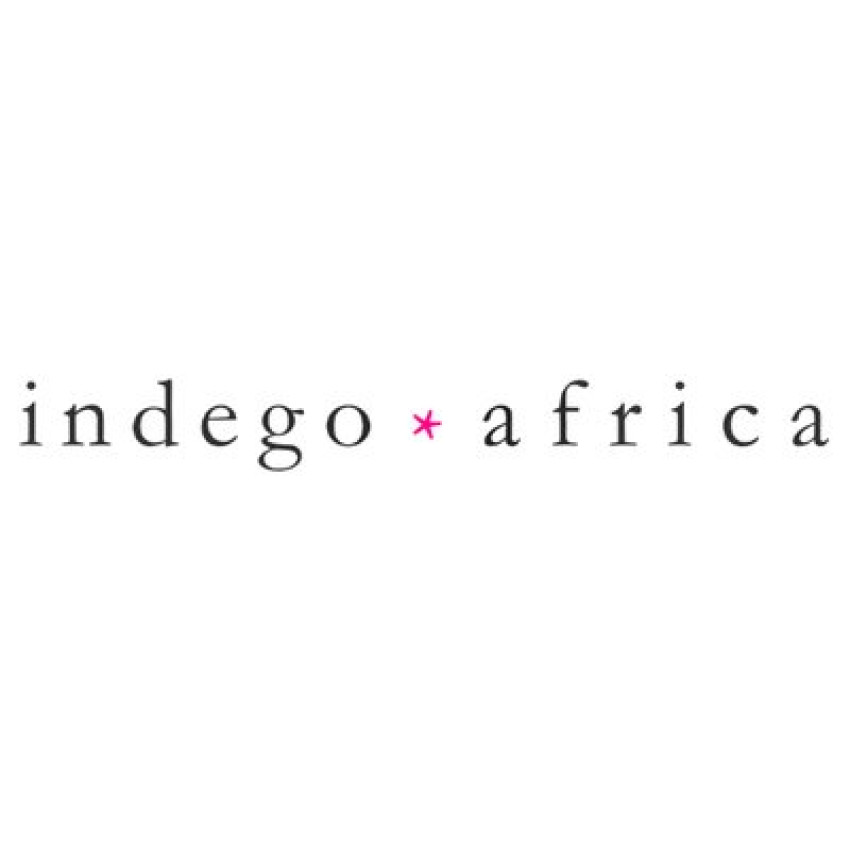
For centuries, basket weaving has been a vital part of Rwanda's cultural heritage. The country's intricate weaving techniques have produced some of the most beautiful and colorful baskets in the world. But beyond their aesthetic appeal, these baskets hold an even more significant meaning for Rwandan society – they are known as Agaseke, or "peace baskets."
In traditional Rwandan culture, Agaseke baskets are used to hold valuable items like food, clothing, and jewelry. They are also given as gifts during special occasions like weddings and births. However, the most notable use of these baskets is for peacebuilding. In the past, warring factions would send Agaseke baskets as a symbol of peace, often containing gifts or messages of reconciliation.
The history of Rwanda's peace baskets dates back to the pre-colonial era. In those times, the baskets were made from grass and other natural materials found in the region. They were crafted by women, who would spend hours weaving intricate designs using a technique called "coiling." Over time, the baskets evolved to include more intricate patterns and colors, reflecting the diversity of Rwandan culture.
During the colonial era, basket weaving in Rwanda began to decline as Europeans introduced manufactured goods into the market. However, the tradition was revived in the 1990s after the Rwandan genocide. The country was in a state of turmoil, and many women were widowed or left without husbands. The Rwandan government recognized the importance of basket weaving as a source of income for these women and encouraged its revival.
Today, Rwanda's peace baskets are highly sought after by collectors and art enthusiasts around the world. The baskets are not only a symbol of peace but also represent the resilience and strength of the Rwandan people. They are made by women from all over the country, who come together in cooperatives to produce these beautiful works of art.
The process of making a Rwanda peace basket is a labor-intensive one that can take days or even weeks to complete. It begins with gathering natural materials like sisal, sweetgrass, and bamboo. The materials are then sorted, dyed, and dried before being woven into intricate patterns using the coiling technique. The finished product is a stunning, colorful basket that tells a story of hope and unity.
In conclusion, Rwanda's peace baskets are a testament to the country's rich cultural heritage and its commitment to peacebuilding. They represent the strength, resilience, and creativity of the Rwandan people and serve as a reminder of the power of art in healing and reconciliation. Whether displayed as a work of art or used to hold precious items, these baskets are a beautiful and meaningful addition to any home.


